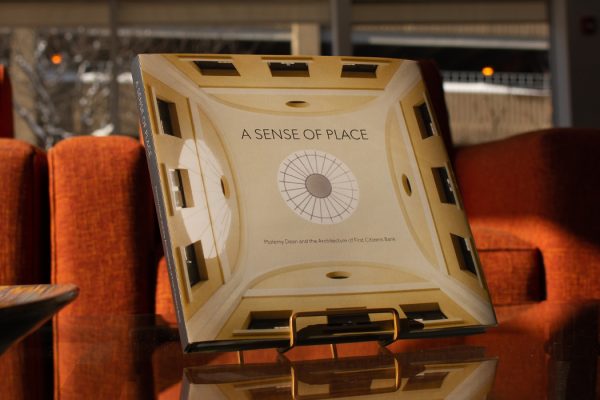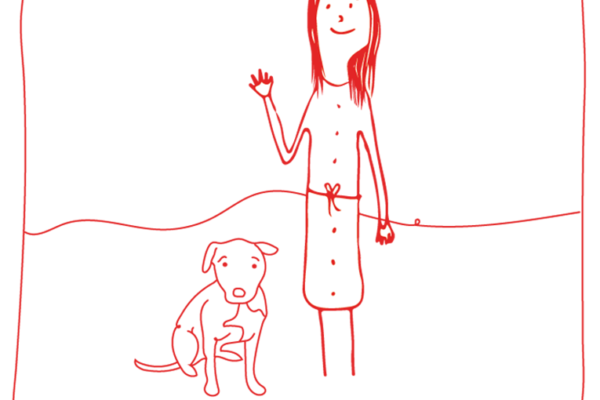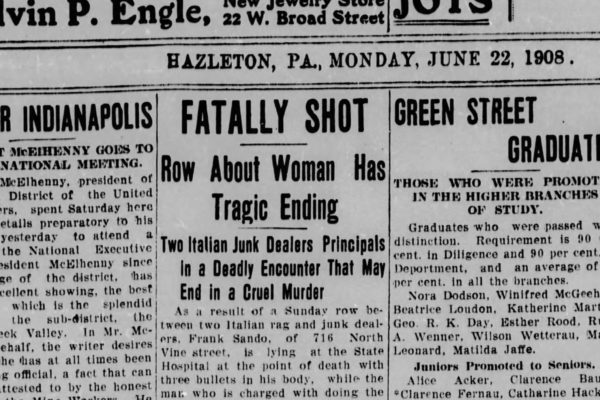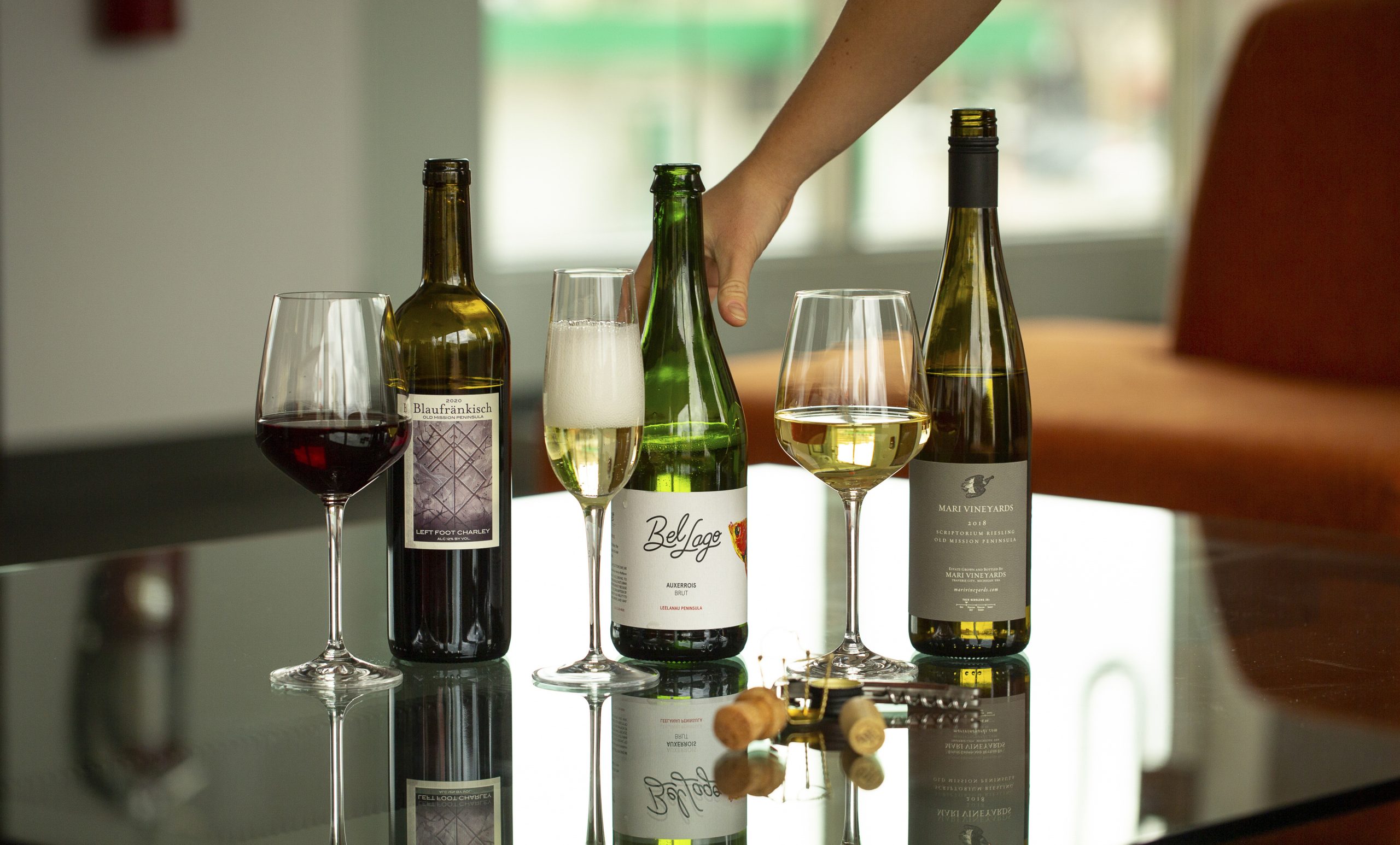
. . . a dream assignment, if you ask me. Why? I like wine, a lot. I also like Michigan, also a lot. Therefore, when the opportunity came to work with the folks at the Michigan Wine Collaborative to promote this great state’s great wine industry, that got my attention.
If you work in the ad business, you know how it goes: It starts with the usual rigmarole around putting a proposal together, taking meetings (Zoom meetings, as the folks at the Michigan Wine Collaborative, like their industry, are spread all around the state), revising said proposal, more meetings and finally, drawing up a project agreement. Totally worth it.
Why?
Because Michigan has a big wine industry. Also because Michigan makes a lot of very good wine. The challenge is making sure people know those facts.
Why?
Because one thing you learn about people in Michigan who drink wine is that Michigan wine isn’t in their cellar – or in their glass – as much as it could or should be.
Why not? A few reasons.
Here’s one: Michigan’s wine industry, once upon a time, was heavily weighted to very sweet wines. And fruit wines (“fruit” meaning “fruit other than grapes”). And not what’s called “dry table wines,” which if you drink wine is likely most of the wine you drink. In years past, Michigan’s wine could be dismissed as novelties or outliers. But the facts have changed. Yes, there are still sweet and fruit wines being made here, but also a tremendous amount of dry table wine. And the people making that dry table wine are very serious about making serious wines. The challenge is, there are wine drinkers in Michigan who don’t know how drinkable Michigan wine is.
Here’s another: The Michigan wine industry has grown tremendously these past 20 or so years. Around the turn of the millennium, there were something like 40 or 50 wineries in the state, most of them in the southwest region near Lake Michigan or on the Leelanau and Old Mission peninsulae (yes, that is a valid plural of “peninsula”). Right now there are north of 150 wineries in the state and they’re found all around the state (fun fact: Some 41 counties out of 83 in Michigan now have wineries in them). That’s a lot of growth in 20 years and even folks who love wine likely haven’t kept up with all that change.
Here’s a third: Michigan restaurants don’t do as much as they could be doing to help Michigan wine drinkers discover Michigan wine. Next time you’re dining out at a nice Michigan restaurant, look at the wine list; how many Michigan wines do you see? Maybe a couple. Maybe one. Maybe none. “Now, hold on a second,” I hear you say. “Is that their job?” No and yes, I would say. The job of Michigan restaurants is pleasing their customers; but they also have an opportunity to please those customers by introducing them to Michigan wine. After all, more than a few Michigan restaurants pride themselves on their regional cuisine and local sourcing of ingredients … shouldn’t or couldn’t Michigan wine be part of that approach? I think it could. And should.
Mind you, in defense of Michigan restaurants, not all Michigan wineries have aesthetically pleasing labeling on their bottles. And aesthetics do matter. If I owned a fancy restaurant (which I never would, because it’s a good way to go broke), there are perfectly good Michigan wines that I wouldn’t want on my wine list … because I wouldn’t want them showing up on my tables and compromising the look I paid some designer a pile of money to craft for my restaurant. This aesthetic hurdle is a byproduct of the Michigan wine industry’s relative youth. One suspects, over time, more wineries will put their packaging in order.
(Note to any winery folks who might be reading this: If you want to take a fresh look at your labeling, we’d love to work on that with you. You can reach me at ml@factorydetroit.com.)
And here’s a fourth and final challenge facing Michigan wine: Michigan retailers are hit or miss on stocking, shelving and promoting Michigan wine. Some have a decent amount; some have very little; most put all the Michigan wine together in a single area, rarely in their most trafficked real estate. You can argue it either way: Put Michigan wine together in one Michigan section or mix it among the varietals where people gravitate when shopping. There are pros and cons of either approach. The real problem is Michigan wine is an afterthought most places where wine is sold. And in the world of marketing, “out of sight, out of mind” has always been and always will be a harsh truth.
Anyway, back to the assignment: Branding and promoting Michigan wine made in Michigan from Michigan grapes.
The whole project is part of an agricultural block grant to support the grape growing industry. Or at least the wine grape growing industry; we’re not doing anything for the jam and jelly people (though we would certainly like to … I always try to buy Michigan fruit spreads when doing my weekly grocery shopping; if you’re in the Michigan jam and jelly business, you can reach me at ml@factorydetroit.com).
So, we did our due diligence. Chatting with industry folks. Digging into facts and figures. Fielding a bit of consumer research. Drinking a lot of Michigan wine. And doing a lot of concepting.
Where everything landed was this new brand to promote not just the Michigan Wine Collaborative but all of Michigan wine: It’s called Taste Michigan.
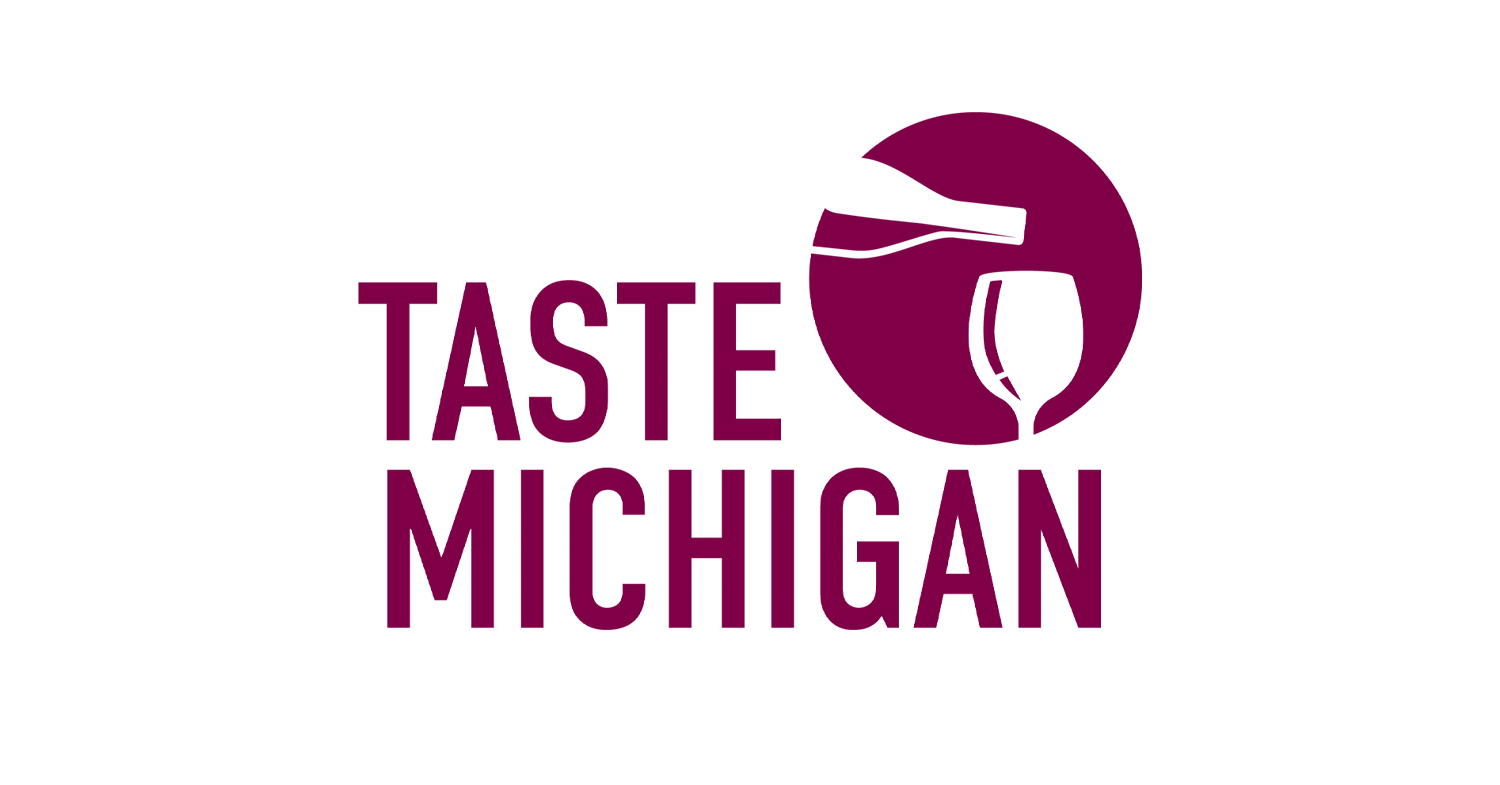
That’s the logo. Design work on it was done by Izabela Skonieczka, Shana Preuett and Tiffany Vedua (there’s a lot of collaboration on our team). That’s Shana wearing the Taste Michigan cap up top.
And the Taste Michigan brand is now live. The website is up and running. So are the Facebook, Instagram, Twitter and LinkedIn accounts.
Mind you, this is what we would call a “soft launch” … letting the brand walk a bit before we run with it. There will be some PR and social media engagement (follow, please!) for the next few months. But the running will take place next spring when we unveil the advertising campaign we’ve created to promote Michigan wine.
Why next spring?
May is traditionally “Michigan Wine Month.” Because so much of Michigan wine sales are tied to visits to Michigan wineries, raising awareness of Michigan wine just ahead of the summer tourism season lets us reach people at peak interest for a vacation to wine country or a quick visit to one of the wineries closer to home. Also, the nature of Michigan’s wine industry – the grapes that grow well here and the wines that excel here – means summertime is perhaps the perfect time to drink Michigan wine (though, let’s be honest, Michigan wine goes well with all four seasons; I assure you I know that for a fact).
So think of the introduction of Taste Michigan as the prelude. The appetizer. The amuse bouche. The aperitif. The bigger story is coming in spring.
And what’s that story?
That would be telling. We’ll be sharing that story when the time comes.
But for now, remember that Taste Michigan is an invitation. To keep an eye on Michigan’s wine industry. And to experience the best of Michigan’s booming wine industry.
ml



